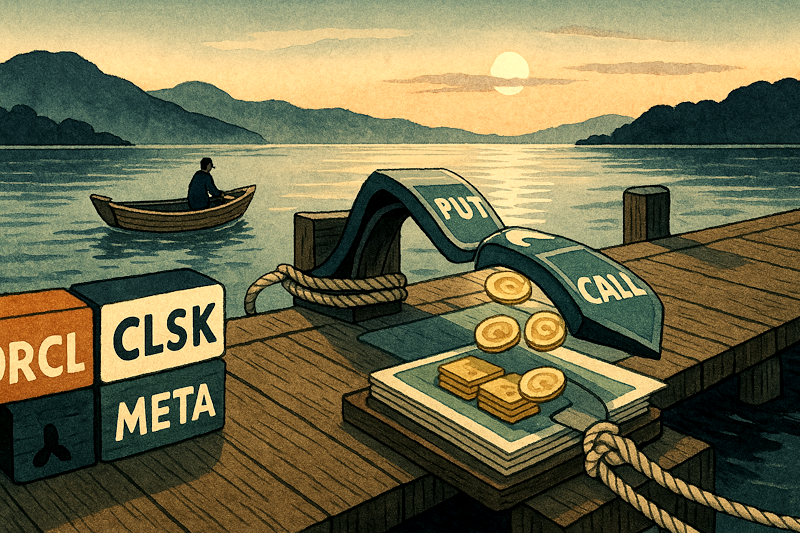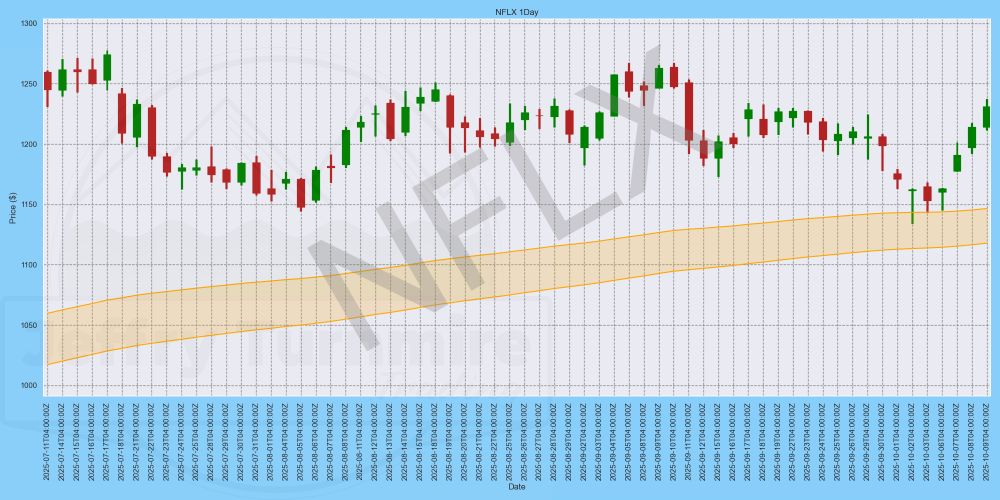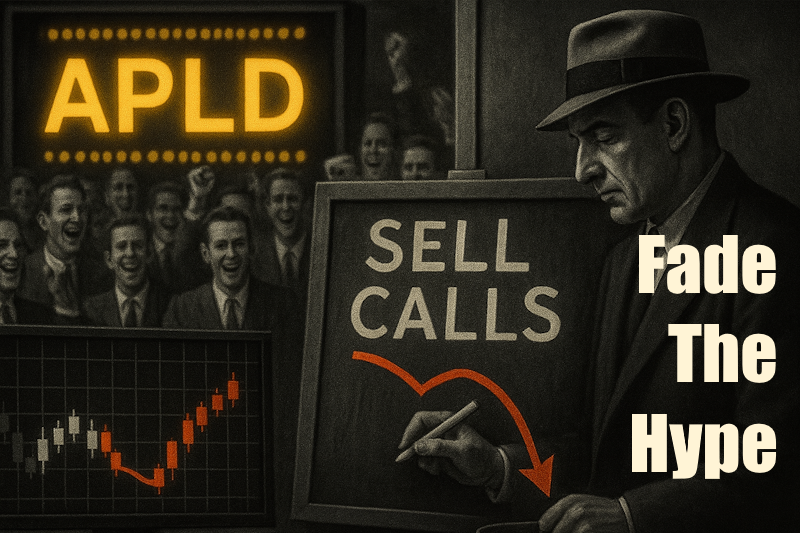Markets move in cycles, but math doesn’t change.
This 200-year-old statistical principle finds stocks highly likely to pop.
Hey everybody, JD here with your Rational Trader Market Analysis daily.
Lately, the market feels like a classic melt-up.
Stocks keep grinding higher day after day, with only shallow pullbacks. It’s the kind of tape that squeezes shorts and tempts traders to believe it’s a magic carpet ride straight up.
But I don’t buy into fairy tales — I stick with the math.
That’s where my daily arbitrage trade comes in.
How the Daily Arbitrage Works
I’ve talked about this before, but a refresher: I run a seven-factor scoring system every day that measures how much “fuel” the market has for the next session. Each factor can point bullish or bearish, and the sum gives me a simple number.
I then translate that into expected basis points — that’s trader shorthand for hundredths of a percent. For example, 75 basis points means I’m looking for about a three-quarter percent move. It’s a grounded way to quantify what should happen, instead of chasing noise.
Today’s Setup
This morning, my factor score came out +3, which mapped to about a 75 bps move higher. In plain English, the market had juice for a moderate rally, not a runaway melt-up.
But when I looked at the Russell 2000 (IWM), it was already running about 150 bps higher — double what the model suggested. That’s the kind of excess I want to fade.
So I put on a defined-risk trade: a put debit spread. That’s where you buy one put option and sell another at a lower strike to offset the cost. It profits if the stock or ETF drops, and your risk is limited to the debit you pay.
For IWM, the trade was:
- Buy the $243 put
- Sell the $242 put
It’s a tight spread, but that’s by design — it lines up directly with the arbitrage expectation.
Riding It Out
At first, the trade went against me. IWM kept pressing higher, and it looked like another melt-up session. But then selling finally hit, and prices came back down toward where the factor score suggested they should be.
That’s the power of arbitrage trading: you’re not chasing momentum or headlines, you’re simply betting on reversion to a statistically reasonable level.
Wrapping Up
By the end of the session, I was able to exit the trade for about a 50% gain. Not bad for a day when most traders were either getting squeezed out of shorts or chasing highs.
So to recap:
- The daily arbitrage score was +3, pointing to a 75 bps lift
- IWM ran up 150 bps — way too far
- I faded it with a 243/242 put debit spread
- After some pain early, the fade worked and closed out at +50%
That’s how you stay sane in a melt-up: stick with the math, fade the excess, and let probabilities do the heavy lifting.
This is JD, good luck, and I’ll see you next week.
Talk soon,
JD
The Rational Trader
P.S. Don’t forget to join me on my FREE Telegram channel for faster access to these videos, trade ideas and more.



